France
The international summit dubbed 'for a New Financing Pact' will kick off on Thursday (June 22). If climate is set to be the main driver of the talks, restructuring debt will be another hot topic. On the eve of the two-day summit, lenders from the Paris Club gathered in the French capital.
A report published by the United Nations Development Program – ‘Building Blocks Out of The Crisis’ – identified earlier this year, 52 low and middle-income developing economies either in debt distress or at high risk of debt distress.
Impacted by the effects of the war in Ukraine, the Covid-19 pandemic, and the food crisis, 52 countries (which include Ethiopia, Ghana, Pakistan, Sri Lanka, Tunisia and Zambia) account for more than 40 percent of the world’s poorest people.
The report shows how a 30 percent haircut on their public external debt stock in 2021 could help save up to $148 billion in debt service payments over eight years.
The UNDP Chief Economist George Gray Molina argued that when "a developing economy is borrowing at 12 or 14 percent interest rate and pays more than 20% of its revenues on debt service every year, there is simply no room to fund progress on the Sustainable Development Goals or Paris Agreement commitments."
Among the developing and emerging countries with the highest debt-to-GDP ratios in 2021 are Venezuela (240.5%), Sudan (181.9%), Eritrea (176.2%), Lebanon (150.6%), Cape Verde (142.3%), Suriname (125.7%) and the Maldives (124.8%), according to figures from the International Monetary Fund (IMF) cited in the report.
What amounts are at stake?
Over the past decade, the external debt of developing economies more than doubled from a decade earlier to $9 trillion in 2021, and probably more in 2022, according to the World Bank's annual report on international debt, published in December.
There are many reasons for this: the devaluation of their currencies against the dollar, even though their debt is often denominated in greenbacks; and rising interest rates and prices for energy, food and fertilizers, which are draining their foreign exchange reserves.
In absolute terms, the developing and emerging countries with the highest debt in 2021 are Argentina ($114.8 bn), Pakistan ($94.7 bn), Angola ($46.7 bn), Ukraine ($44.6 bn) and Ecuador ($38.7 bn), according to the World Bank.
Who lends the money?
The Paris Club is an informal group of official creditors that was created in 1956. It is tasked with finding coordinated and sustainable solutions to payment difficulties experienced by most fragile economies when trying to pay back their debt. 22 countries including Germany, France, Italy, Japan, the United States of America, the United Kingdom, and Brazil.
The International Monetary Fund and the World Bank are among 'traditional' lenders. Two major international institutions were created in 1944. The World Bank highlighted in December that the least developed economies' largest share of debt was owned to private sector creditors.
The London Club dates back from the 1970s. It is an informal group of private creditors (banks, investments funds).
More recently, new creditors have emerged, notably China, India, and Gulf countries. Beijing is the biggest lender of many African countries.
What is done to solve the debt problem?
When a country is no longer able to repay its debt, it runs the risk of being cut off from credit by international financial institutions or private investors. To be able to borrow again, the country must then reach an agreement with its creditors to restructure its debt, often at the price of a commitment to limit spending... and serious economic and social crises.
During the Covid-19 pandemic, the Paris Club, together with the G20, offered poor countries a moratorium on servicing their debts. At the same time, they agreed on a "common framework" to restructure, or even cancel, the debt of countries that so requested. But negotiations for its implementation have been arduous.
The Paris Club hopes to propose debt restructuring to Zambia this week, according to an inside source.
How does debt impact poor countries' climate adaptation?
These countries "are struggling to meet both the cost of their debt and the resources needed for infrastructure and climate change projects", Clemence Landers of the Center for Global Development told AFP.
The High-Level Panel on Sustainable Finance has estimated that developing countries will need to invest between $2,000 and $2,800 billion a year by 2030 (excluding China) to combat climate change effectively.
The Paris Summit for a new Financing Pact has no mandate to make formal decisions, French organizers stressed. It aims to give a strong political impetus to key issues to be discussed in upcoming climate conferences and other international meetings.



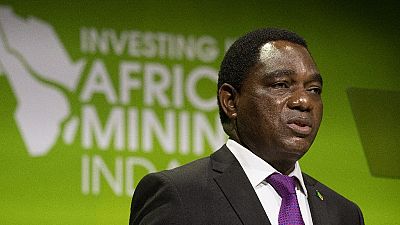

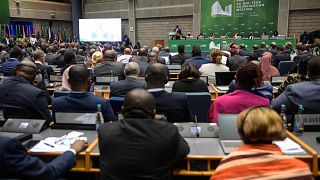
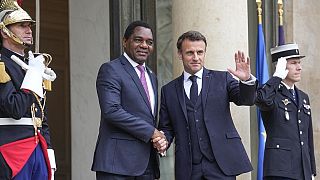


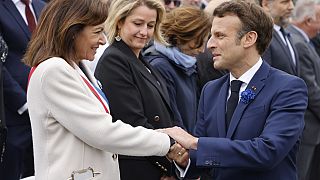
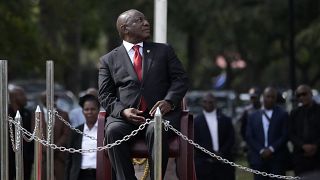
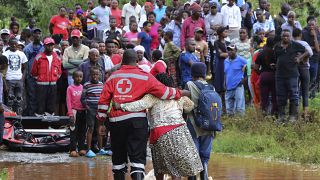

11:08
Can Africa’s soil sustain food security? [Business Africa]
01:13
Nigeria seeking $2.25 billion in World Bank loans
01:12
China writes off unspecified amount of Zimbabwe interest-free loan
01:02
Pics of the day: April 16, 2024
00:50
Ghana still striving to reach debt deal with bondholders
02:24
Zimbabweans forced to use US dollar in absence of new currency ZiG